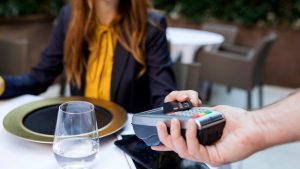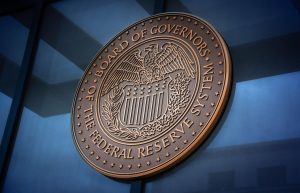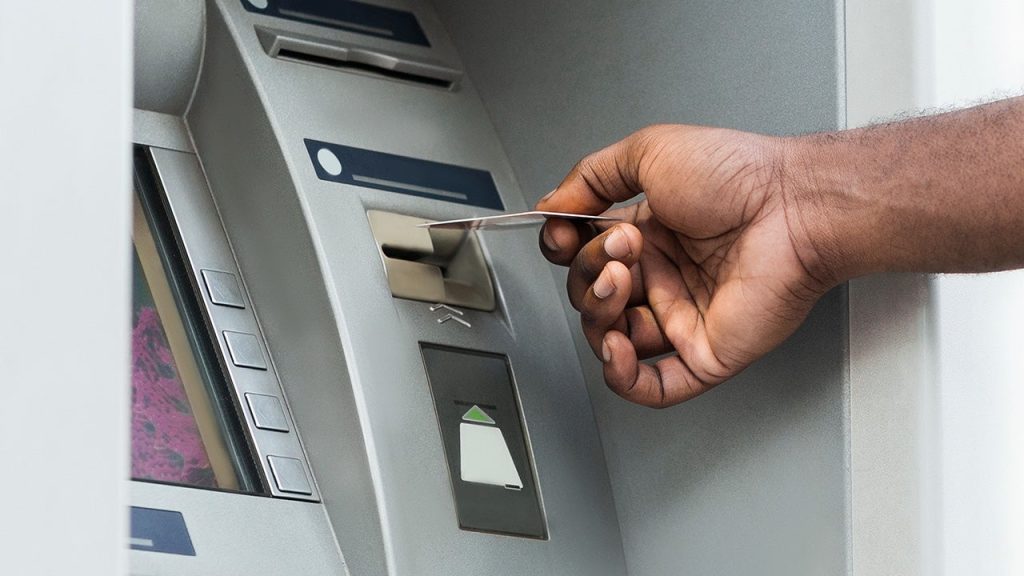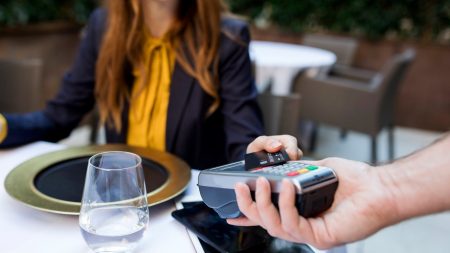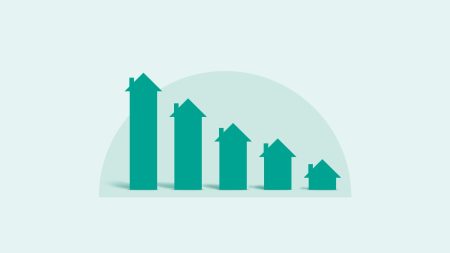Maybe you need some cash. Or check your account balance. Or deposit a check. ATMs are a convenient way for people to quickly access their bank accounts, deposit money, and withdraw cash without visiting a branch. But how do ATMs work, exactly?
Here’s everything you need to know about ATMs — including how they operate, their features, fees, and more.
Key takeaways
- ATM stands for automated teller machine.
- An ATM is a machine that allows you to withdraw money, deposit cash or checks, view your balance or transfer money between accounts.
- Many ATMs are accessible around the clock and eliminate the need to see a bank teller for transactions.
- It pays to avoid ATM fees by only using ATMs in your bank’s network.
What does ATM stand for?
ATM stands for automated teller machine — these specialized computers allow you to complete bank transactions without the need of a bank representative.
Many ATMs are conveniently accessible any time of day or night and can be used for everything from withdrawing or depositing money to checking your account balance to transferring money between accounts.
Here we’ll delve deeper into what an ATM is, common transactions performed at ATMs and important things to know before using them.
How do ATMs work?
ATMs are machines that dispense cash and allow you to make other banking transactions. An ATM typically consists of a screen, a card reader, a keypad, a cash dispenser and a printer.
ATMs can be found in many locations throughout the U.S. and the world. On-premise ATMs are located at financial institutions such as banks and credit unions, while off-premise ones are commonly offered at places like airports, grocery stores and gas stations.
ATMs debuted to the public in the 1960s, and Barclays lays claim to unveiling the world’s first ATM at a branch in London in 1967. The first ATM in the U.S. started dispensing cash in 1969 to customers of Chemical Bank in New York. The number of ATMs in the U.S. declined 3.83% between 2019 and 2022, and as of 2024, there are approximately 450,000 ATMs in the country, according to a research report from CapitalOne Shopping.
Common ATM transactions
Various common banking transactions that are often carried out at an ATM include:
Withdrawing cash
The most common ATM transaction is the withdrawal of funds from one’s account. Banks typically impose limits on the maximum amount that can be taken out each day. This amount can vary from bank to bank, as well as among different accounts offered by a single bank.
Depositing money
Account holders can often use an ATM to deposit cash or checks. When making this type of transaction, you’ll be asked to insert the funds into a slot in the machine. When money is deposited in the form of a check, the bank sometimes might not provide you with access to the funds until the check has cleared.
Transferring funds
You may be able to use an ATM to transfer money between accounts you hold with your bank. For instance, if you wish to transfer $200 from your savings account to your checking account, this can often be done by selecting the “transfer” option at the ATM. Like balance inquiries, transferring funds between accounts is also something you can accomplish using your bank’s mobile app or website.
Balance inquiries
You can also visit an ATM to view your current account balance. This feature may come in handy if you wish to know how much you’re able to spend when using your debit card or writing a check. Alternatively, your account balance is something you can view by logging onto your bank’s mobile app or website. Knowing your balance can help you keep from overspending or overdrawing your account.
Some banks also allow customers to use ATMs to see a small list of their recent transactions (although viewing your entire account statement isn’t usually an option).
How to use an ATM
The steps you’ll take once you find an ATM will depend on the type of transaction you want to do. But below is a general guide for withdrawing or depositing cash.
- Insert your bank card into the ATM. You can withdraw and deposit cash with a debit card. With a credit card, you withdraw cash but you cannot make a deposit.
- Enter your personal identification number (PIN).
- Select the account you want to make the deposit into or withdraw from, and select the amount of money you want to deposit or withdraw.
- If you’re withdrawing, you may be asked to choose the type of bills you’d like ($10s, $20s, $50, etc.). If you’re depositing you may need to choose how you’re depositing the money, via cash or checks.
- If you’re withdrawing from an out-of-network, you may need to confirm you’re willing to pay a fee. If you’re depositing, put the cash or check into the machine.
- Confirm the transaction.
- Remove your bank card and, if you’re withdrawing, take the cash.
What to watch out for with ATMs
ATM fees
Using an ATM that’s not owned by your bank, or one that’s not in your bank’s network, may result in fees imposed by both your bank and the bank that owns the ATM. In 2024, the average total ATM fees were $4.77, according to Bankrate’s most recent ATM fee study — an increase from $4.73 the year before.
Ways to avoid ATM fees include only using ATMs in your bank’s network and requesting cash back when you make purchases at a grocery store or other retailer.
ATM withdrawal limits
As we’ve mentioned, banks impose limits on the amount of funds you can withdraw at an ATM each day. This can help curb fraud in the event someone has possession of your ATM card and knows your PIN. What’s more, limiting the amount per withdrawal allows the bank to manage cash movement, since each ATM only holds a limited amount of money.
Location and safety
Ways to avoid becoming a victim of crime when using an ATM include using machines that are located in well-lit public places. Use your hand or body as a shield when entering your PIN to prevent others from seeing you type it. Once you receive your cash, instead of counting it at the ATM, wait until you’re in a more private location — such as your car — to do so.
When possible, you should also use cardless ATM transactions, debit and credit cards with chip technology, and payment systems such as Google Pay and Apple Pay to protect yourself from ATM skimming. Skimming is a technique criminals use to steal bank card information by rigging machines with hidden recording devices, and using your physical card as little as possible can help you avoid falling victim.
Bottom line
ATMs often conveniently provide access to cash on a 24/7 basis, without the need to see a teller or other bank representative. They also commonly offer the ability to deposit funds, check your balance and transfer money between accounts. ATMs make your cash more accessible and are quick and easy to use, once you’re aware of things like withdrawal limits and ways to avoid paying out-of-network fees.
Read the full article here
